Change Language :

Flexible data cable as information carrier
A data cable is a multi-core cable used for simple transmission of data and information. It is important that the information moves securely from the sender to the receiver. To ensure that this happens, there are special shielding requirements. igus data cables are used wherever large amounts of data must be safely transmitted in motion. They are usually shielded and carry a wide variety of application signals. Their cores are very thin and have coloured insulation to distinguish them. In the past, these cables were used much more frequently – they are gradually being replaced by bus cables in applications. Of course, they still have their uses, and our customers often deploy them. They are an inexpensive solution for transmitting simple data and are available in various mechanical and electrical designs. The cables are available in three different jacket materials. This selection provides additional savings opportunities.
Why DIN 47100, and what is it?

DIN 47100 contains a colour code for identifying cores in cables. The coding is known throughout all industries, is considered standard and yet not all our cables have coloured cores. Why is that? The coloured cores are standard, but only for very thin cores. At igus® we are talking about cores from 0.75mm² and smaller. For thicker cores, black cores with white numbering are used, which are considerably cheaper to produce. However, the numbering is difficult to read and sometimes impossible to produce if the cores have very thin cross sections. This is why the colour code was introduced to identify the core. For larger quantities of core, additional markings are made on the core using rings, as the quantity of colours is also limited.
Layered design/TP/pair shield

Our data cables are not only available in different mechanical qualities, but also in three different electrical designs. We offer our customers three different constructions, as electrotechnical parameters often have to be adhered to when transmitting data. These special parameters are met by the twisted pair design and the integration of pair shields. The twisted pair construction helps to minimise crosstalk between the cores. In addition, twisted pairs offer better protection against electrical and magnetic interference fields than parallel cores. Stranding largely cancels out interference from magnetic fields occurring inside the cable. If additional protection is required, we recommend cables with pair shields. These provide additional protection against electromagnetic interference between the individual pairs.
Star quad and near-end crosstalk
What is a star quad structure?
In a four-core cable, this structure describes the arrangement of the cores within the cable. As a rule, coloured cores are in the data cable, but we use the designation 1-4 here to make it easier to explain. In a conventional cable, the cores are labelled in a clockwise direction. This means, for example, that 1 is at the top left, 2 at the top right, 3 at the bottom right and finally 4 at the bottom left. In star quad stranding, the cores are in the order 1, 3, 2, 4 in the cable. The pairs 1-2 and 3-4 are perpendicular to each other in their magnetic fields, which prevents signal overlaps. This avoids near-end crosstalk. You can find more information on this in our blog.
Haven't found the right one yet?
Do you already know our online tool?
Easy to find, select the right type, calculate service life and order online
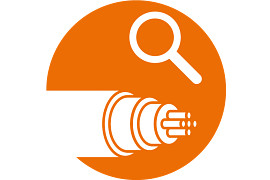
Product finder
Find exactly the right cable quickly

service life calculator
Calculate the service life of any chainflex® cable
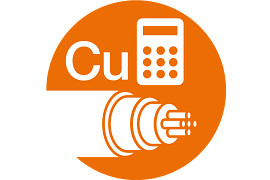
Copper surcharge calculator
Calculate the daily copper surcharge
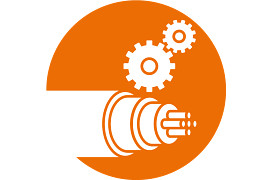
Configurator for customised cables
Configure your customised cable in just 3 minutes
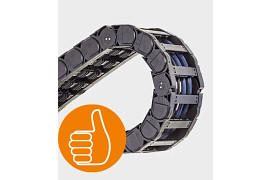
Are you still looking for an energy chain for your cable?
To the energy chains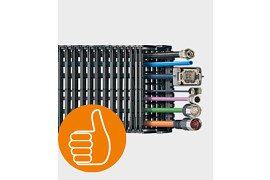
... or everything already harnessed?
To the readychainConsulting
I look forward to answering your questions

Katharina Wielpütz+49 2203 9649 7082Write e-mail
Shipping and consultation
In person:
Monday to Friday from 7 am - 8 pm.
Saturdays from 8 am- 12 pm.
Online:
24h
WhatsApp-Service:
Montag – Freitag: 8 – 16 Uhr

